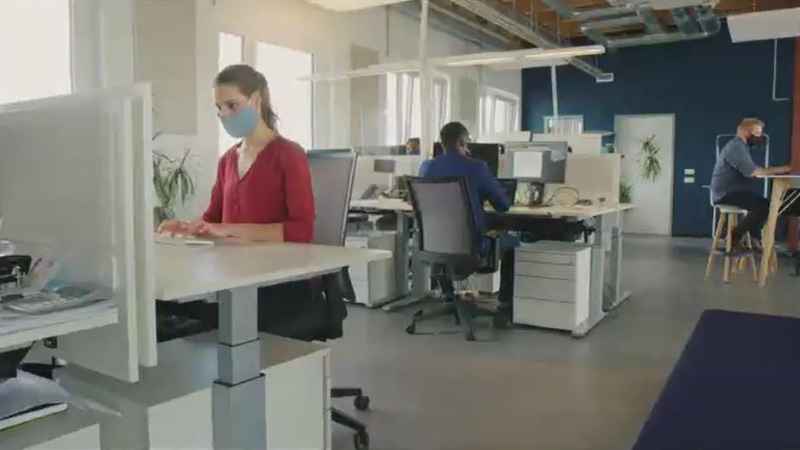Labor patterns changing in Minnesota as economy rides out of pandemic
[anvplayer video=”5029730″ station=”998122″]
The number of Americans filing for unemployment fell to another pandemic low last week. It’s the latest evidence that layoffs are easing as the economy continues to recover.
But not everyone is rushing back to their own jobs — some in Minnesota are entertaining other options.
While the world was shutting down during the pandemic, Minnesotans were busy filling out paperwork to open up their own businesses.
“When people get separated from their employers, whether it’s through layoffs or any other circumstances, they will often go out and strike out on their own and start their own small business. Even if it’s just them,” Minnesota Secretary of State Steve Simon said.
US unemployment claims drop to 473,000, a new pandemic low

[KSTP]
From October until the end of last year, there were 13,073 new business filings in the state.
“We are seeing a spike. How big of a spike? About a 20% spike over normal times, meaning 2019, for example,” Simon said.
The secretary of state says the “boom” in new business filings is still on the rise.
“The northeast and southeast portions of the state are leading the way in terms of more business filings than the metro area,” Simon said.
With more people running their own businesses, the field of workers is shrinking. And across the country, some are also reevaluating whether or not they even want to go back to work.
“We are on the verge of a ‘Great Reassessment.’ People are going to reassess what they want to get out of their work. Do they want to work? How do they balance work and family?” said John Budd, professor of work and organization at the University of Minnesota’s Carlson School of Management.
Desperate for workers, US restaurants and stores raise pay
Because the demand for workers is higher than those willing to work, McDonald’s, Amazon, Target, Costco and Chipotle all recently announced they’re increasing wages to be more attractive to prospective employees.
“Money probably isn’t the only thing keeping people from returning to work if that’s what they’re choosing or feeling like they need to do. Child care is an issue. Transportation is a big issue. And workers who are working on the front lines having to interact with the public continually — there are obvious public health fears or hesitations there,” Budd said.
All of those factors will play into the “Great Reassessment” of what the “new normal” for work will be.